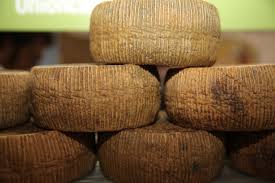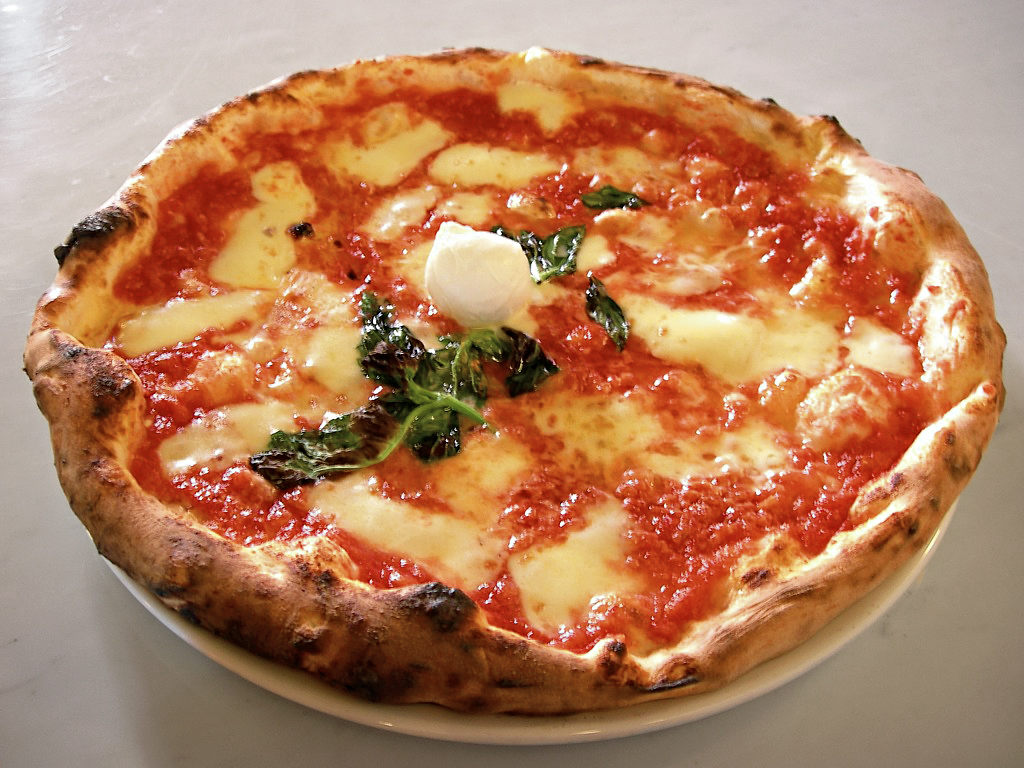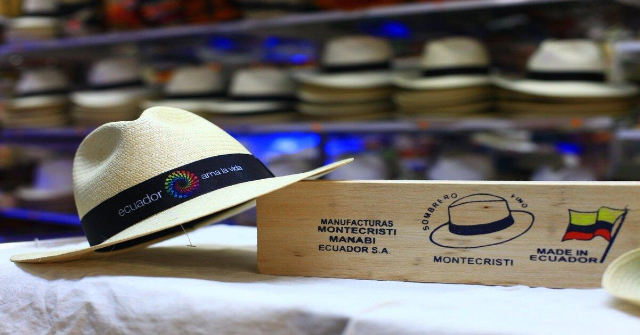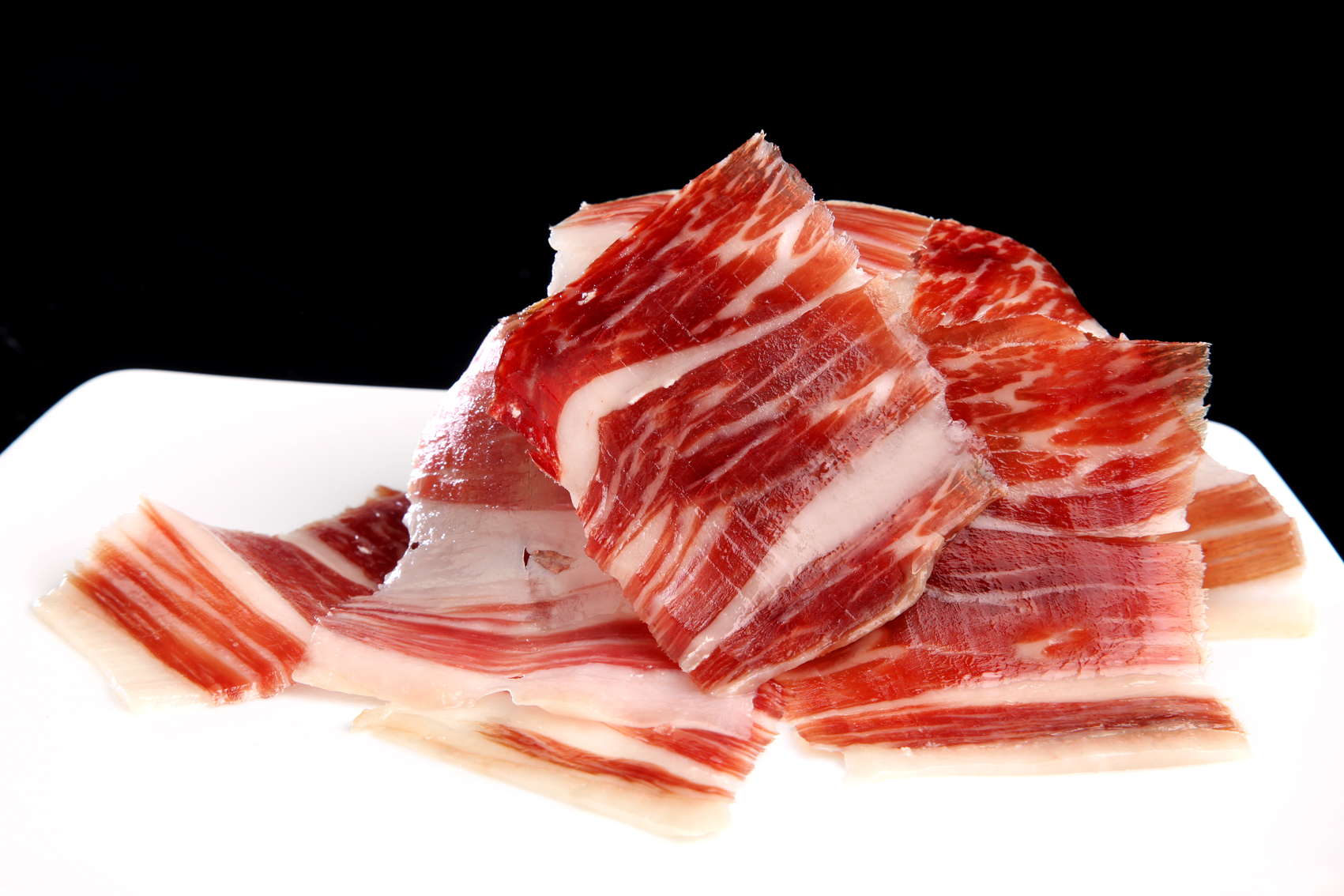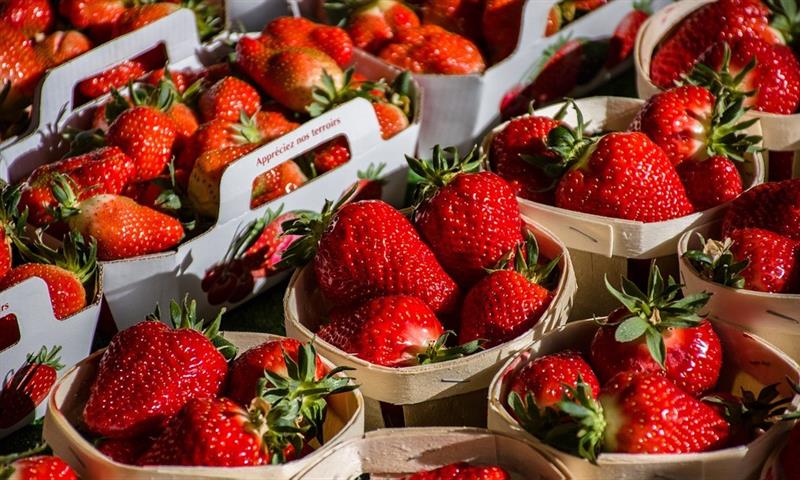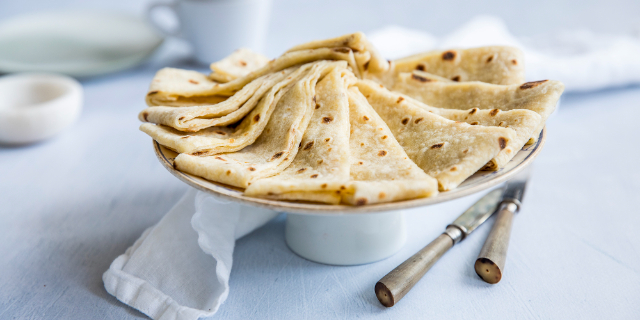The Canestrato Pugliese – recognized D.O.C. with D.p.r. of 10 september. 1985 and D.O.P. in 1996 with the reg. (Ce) n.1107/96 – is a hard uncooked cheese, obtained from whole milk of sheep of gentile race of Puglia, whose genealogical origins come from the merinos race. Its name derives from the Apulian rush baskets, in which it is aged, which are one of the most traditional products of Apulian craftsmanship. The real Canetrato Pugliese is produced in a seasonal period which goes from December to May, a period linked to the transhumance of flocks from Abruzzi to the plains of Tavoliere Pugliese. In fact, this cheese owes its diffusion to the transhumance. "Se tu puoi pecora bella/ in estate alla Maiella/ e d’inverno a Pantanella", that is in the Foggiano area, Giustino Fortunato recalled. And today, even though mechanical means are used to transport the livestock, the production of this cheese is still linked to the shepherding traditions of the two regions, making Canestrato Pugliese a blend of history.
The processing of Canestrato Pugliese is done with a characteristic technology derived from the southern dairy tradition. It is rather long and very variable, according to the size of the shapes which range from 7 to 14 kilos. During the processing period, the cheeses, enclosed in the typical baskets, which ensure the characteristic roughness of the rind, are pressed in order to release excess humidity. The salting of Canestrato Pugliese, represents a further fundamental step in the preparation of this cheese, in fact it is done dry, spreading coarse salt, typical of the salt pans of Marghrita di Savoia, around the wheel. The product obtained in this way is used both young and mature, its taste is more delicate in the fresh and more intense in the other, it derives not only from the type of pasture and milk, but mainly from the dried lamb rennet and carefully preserved with dried orange and lemon peels and nettle leaves. Young Canestrato Pugliese – seasoned for an average of 90 days – is widely used in combination with broad beans, pear or raw vegetables in pinzimonio such combination is good when served with white or rose wines provided they are dry and still, such as Locorotondo, San Severo bianco, Fiano d’Avellino, Rosa del Golfo or Rosatello Antinori.
In cooking, the mature Canestrato Pugliese finds its best expression grated on dry pasta dishes with meat sauce or rolls, taking care to grate it directly on the dish. The most used pasta format in the Apulian tradition is the orecchietta, chitarra or alternatively ziti, mezzi ziti or lumache. It is considered as a second course when accompanied by celery, chicory, black olives and radishes served chipped by the shape. Wines to be matched are certainly structured and aged reds, such as Cabernet, Chianti, Salice Salentino del Conero but never wines having too much tannins. Canestrato Pugliese is cut in slices and in the trolley the cut parts are wrapped in a cotton cloth slightly moistened with white wine, the knife used to cut Canestrato Pugliese is called "pigeon breast".
